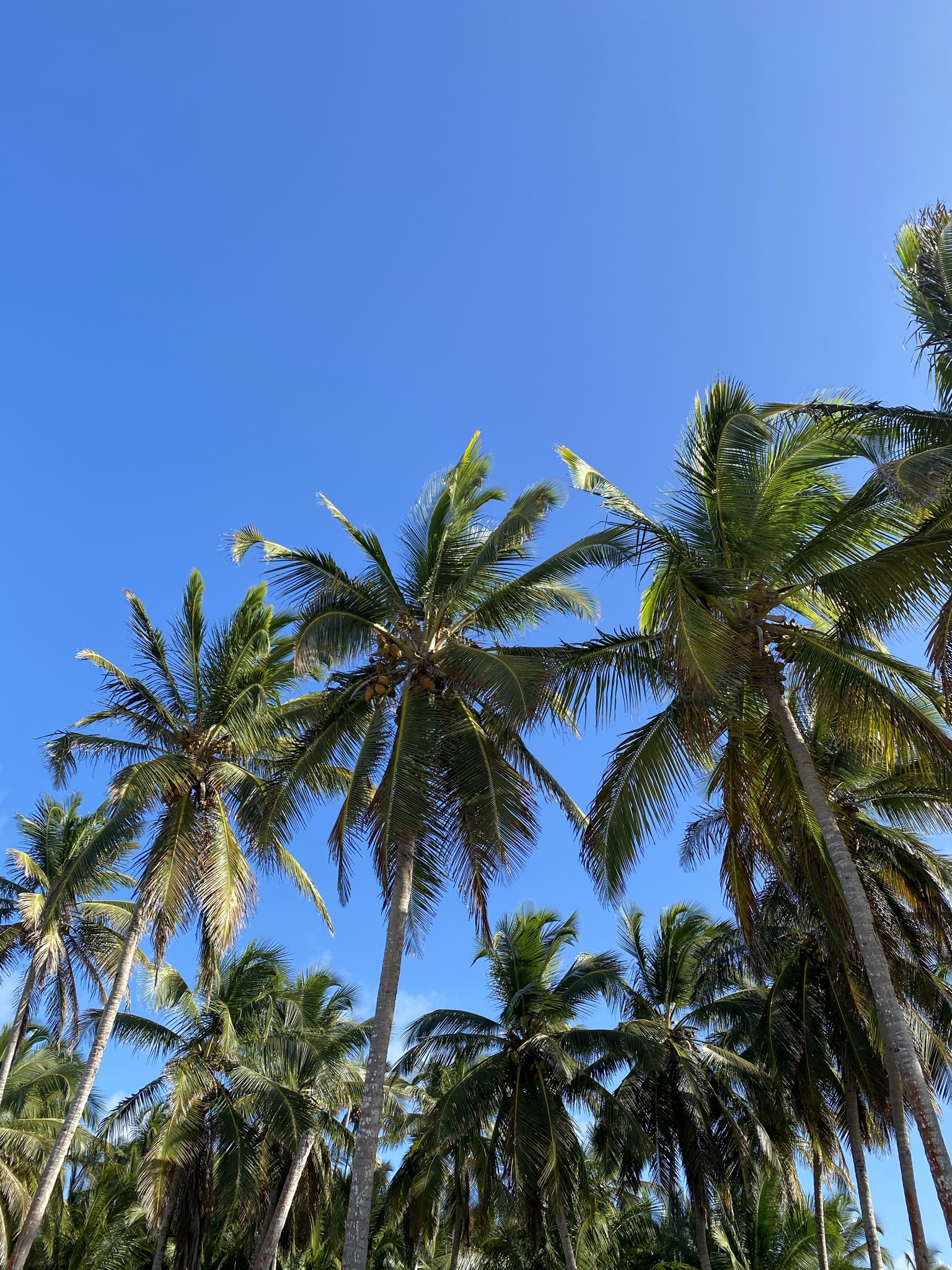Welcome to Facts Vibes! Today, we’re diving into some interesting facts about the Dominican Republic. From its stunning beaches to its rich cultural heritage, this Caribbean gem never fails to captivate. Let’s uncover the allure of the República Dominicana together.
Discover the Fascinating Republica Dominicana: 10 Intriguing Facts
The Republica Dominicana is a diverse and beautiful country with a rich history and unique culture. Here are 10 intriguing facts that shed light on this fascinating nation:
1. Historical Significance: The Republica Dominicana was the site of the first permanent European settlement in the Americas, established by Christopher Columbus in 1493.
2. Breathtaking Landscapes: From lush rainforests to stunning beaches, this Caribbean nation offers a wide variety of natural beauty and outdoor attractions.
3. World-Class Baseball: The Republica Dominicana has produced a remarkable number of Major League Baseball players, solidifying its reputation as a powerhouse in the sport.
4. Merengue Music: This lively and rhythmic musical genre originated in the Republica Dominicana and has become an integral part of the country’s cultural identity.
5. Majestic Waterfalls: Visitors can marvel at the beauty of cascading waterfalls such as Salto El Limón and the 27 Charcos de Damajagua.
6. Delicious Cuisine: The Republica Dominicana offers a delectable array of traditional dishes, including mofongo, sancocho, and tostones.
7. Colonial Architecture: The capital city, Santo Domingo, boasts a well-preserved colonial district, home to the oldest cathedral and the first university in the Americas.
8. Unique Flag: The national flag features a white cross that divides the flag into four quarters, two of which are blue and two red.
9. Annual Carnival: The vibrant and colorful carnival celebrations in the Republica Dominicana are a reflection of the country’s joyous and lively spirit.
10. Protected National Parks: The nation is home to several national parks, including Jaragua National Park and Los Haitises National Park, offering visitors opportunities for exploration and eco-tourism adventures.
The Republica Dominicana is a captivating destination that offers a blend of history, culture, natural beauty, and vibrant energy.
Most popular facts
The Dominican Republic is the second largest and most diverse Caribbean country.
The Dominican Republic is the second largest and most diverse Caribbean country.
It is home to the highest mountain peak in the Caribbean, Pico Duarte, reaching 10,164 feet (3,098 meters) above sea level.
The Dominican Republic is home to the highest mountain peak in the Caribbean, Pico Duarte, reaching 10,164 feet (3,098 meters) above sea level.
The first cathedral, university, and fortress in the Americas were established in the Dominican Republic.
The first cathedral, university, and fortress in the Americas were established in the Dominican Republic.
The country is the birthplace of merengue music and dance, a lively and rhythmic genre that is a symbol of Dominican culture.
The country is the birthplace of merengue music and dance, a lively and rhythmic genre that is a symbol of Dominican culture.
The Dominican Republic is famous for its production of high-quality cigars, which are coveted around the world.
The Dominican Republic is famous for its production of high-quality cigars, which are coveted around the world.
Lake Enriquillo, located in the Dominican Republic, is the largest lake and the lowest point in the Caribbean, sitting at 46 meters below sea level.
Lake Enriquillo, located in the Dominican Republic, is the largest lake and the lowest point in the Caribbean, sitting at 46 meters below sea level.
The country boasts a diverse ecosystem, including rainforests, savannas, and desert areas, as well as over 200 miles of coastline.
The country boasts a diverse ecosystem, including rainforests, savannas, and desert areas, as well as over 200 miles of coastline.
The natural beauty of the Dominican Republic is highlighted by its stunning beaches, such as Playa Rincón and Bávaro Beach.
The natural beauty of the Dominican Republic is highlighted by its stunning beaches, such as Playa Rincón and Bávaro Beach.
Santo Domingo, the capital city, is the oldest continuously inhabited settlement in the Americas, featuring historical landmarks and colonial architecture.
Santo Domingo, the capital city, is the oldest continuously inhabited settlement in the Americas, featuring historical landmarks and colonial architecture.
History enthusiasts can explore the Zona Colonial, a UNESCO World Heritage site in Santo Domingo, showcasing well-preserved colonial buildings.
History enthusiasts can explore the Zona Colonial, a UNESCO World Heritage site in Santo Domingo, showcasing well-preserved colonial buildings.
The Dominican Republic is known for producing some of the finest amber in the world, with a museum dedicated to this unique gemstone in Puerto Plata.
The Dominican Republic is known for producing some of the finest amber in the world, with a museum dedicated to this unique gemstone in Puerto Plata.
Baseball is the most popular sport in the Dominican Republic, and the country has produced numerous Major League Baseball stars.
Baseball is the most popular sport in the Dominican Republic, and the country has produced numerous Major League Baseball stars.
The island of Hispaniola, shared by the Dominican Republic and Haiti, is the second-largest island in the Caribbean after Cuba.
The island of Hispaniola is the second-largest island in the Caribbean after Cuba and is shared by the Dominican Republic and Haiti.
The Dominican Republic is rich in cultural traditions, including vibrant carnivals, traditional cuisine, and arts and crafts.
The Dominican Republic is rich in cultural traditions, including vibrant carnivals, traditional cuisine, and arts and crafts.
The country’s national dish, “La Bandera,” consists of rice, beans, and meat, representing the colors of the national flag.
The national dish, “La Bandera,” comprises rice, beans, and meat, representing the colors of the national flag.
In conclusion, the Republica Dominicana offers a rich tapestry of interesting facts that reflect its diverse culture, history, and natural beauty. From its stunning beaches and vibrant music to its historical landmarks and delicious cuisine, this island nation has much to offer to visitors and residents alike. Whether exploring the colonial streets of Santo Domingo or relaxing on the shores of Punta Cana, the Republica Dominicana is a place of endless discovery and allure.
